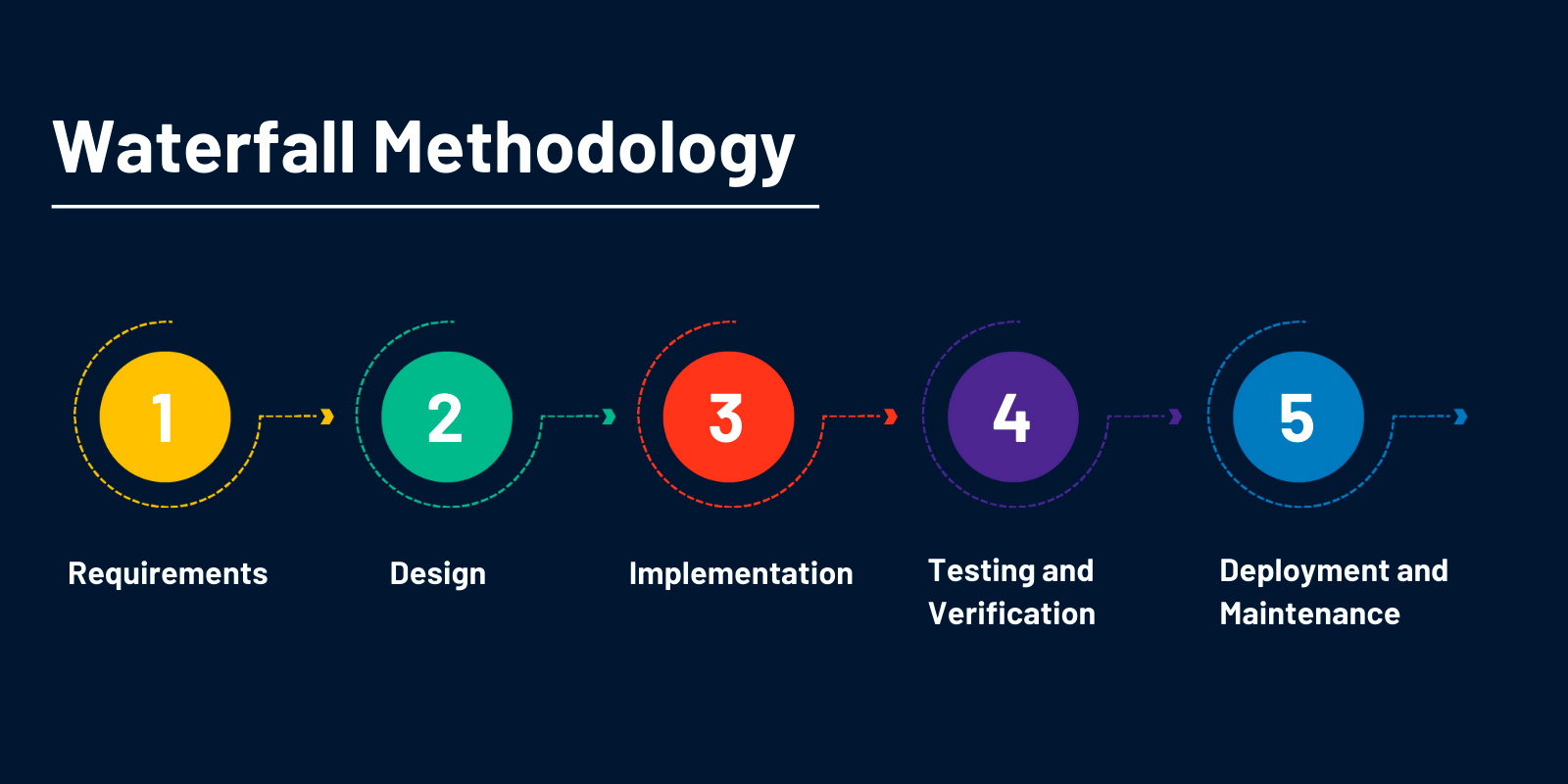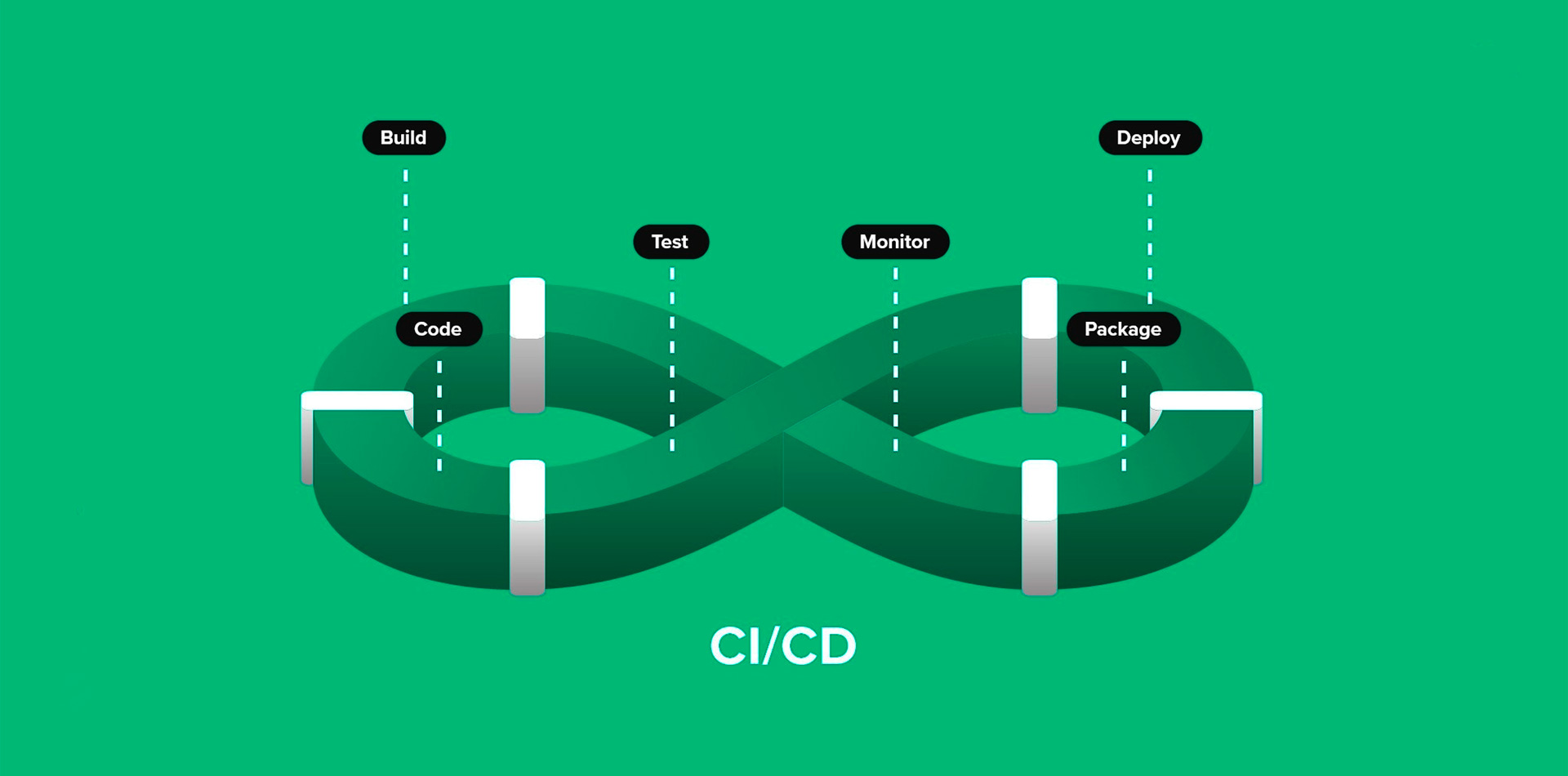In the realm of software development, methodologies provide a framework for planning, executing, and managing projects. Among these methodologies, the Waterfall model stands out as one of the most traditional and structured approaches. Its linear and sequential nature offers clarity and order, making it a favored choice for many developers and project managers. This article delves into the core principles of the Waterfall methodology, detailing each phase from requirements gathering to maintenance. By understanding the advantages and potential drawbacks of this approach, you can determine how to best apply it to your software projects, ensuring successful and organized outcomes.
Understanding the Waterfall Methodology
The Waterfall methodology, introduced by Dr. Winston W. Royce in 1970, is a sequential design process, often used in software development processes, where progress is seen as flowing steadily downwards (like a waterfall) through several phases. These phases include requirements gathering, system design, implementation, integration and testing, deployment, and maintenance. Each phase must be completed before the next one begins, and there is no overlapping in the phases.
Phases of the Waterfall Methodology
1. Requirements Gathering
The first phase in the Waterfall methodology involves comprehensive gathering and documentation of project requirements. This step is crucial as it lays the foundation for the entire project. Stakeholders, including clients and end-users, are consulted to ensure all necessary requirements are identified and understood. The goal is to create a detailed requirements specification document that guides the development process. This document acts as a contractual agreement, ensuring that the project stays aligned with the client’s needs and expectations.
2. System Design
Once the requirements are clearly defined, the system design phase begins. This phase involves translating the requirements into a blueprint for the software architecture. Detailed system and software design documents are created, outlining how each component of the system will function and interact. This phase also includes selecting the appropriate technologies, designing databases, and planning the user interface. The design phase serves as a roadmap for developers, providing clear guidelines on how to build the system.
3. Implementation
During the implementation phase, the actual coding of the software begins. Developers follow the design documents to create the software components. This phase is often divided into smaller sub-phases or modules, each handled by different teams or individuals. The emphasis is on writing clean, efficient, and error-free code. Once all modules are developed, they are integrated into a cohesive system. The implementation phase requires meticulous attention to detail to ensure that the software functions as intended and meets all specified requirements.
4. Integration and Testing
After implementation, the integration and testing phase ensures that the software components work together harmoniously. During this phase, individual modules are combined and systematically tested to identify and rectify any issues. Various testing techniques, such as unit testing, system testing, and acceptance testing, are employed to verify the functionality, performance, and security of the software. The goal is to detect and fix bugs early, ensuring that the final product is stable and reliable.

5. Deployment & Maintenance
Once the software passes the testing phase, it is ready for deployment. This phase involves installing the software in the production environment and making it available to end-users. Deployment can be a complex process, requiring careful planning and coordination to ensure a smooth transition. User training and documentation are also provided to facilitate the adoption of the new system. Effective deployment ensures that the software is accessible, functional, and ready for use in a real-world setting.
The final phase of the Waterfall methodology is maintenance. After deployment, the software enters the maintenance phase, where it is monitored and updated to address any issues that arise. This phase includes bug fixes, performance enhancements, and the addition of new features as required. Maintenance ensures the long-term success and relevance of the software, allowing it to adapt to changing user needs and technological advancements.
Advantages of the Waterfall Methodology
One of its primary strengths is its structured and sequential approach, which provides clear milestones and deliverables at each phase. This clarity enhances project management, making it easier to track progress and identify potential issues early. The detailed documentation created during the requirements and design phases also serves as a valuable reference throughout the project lifecycle.
Furthermore, the Waterfall model is particularly well-suited to projects with well-defined requirements that are unlikely to change significantly. Its linear progression ensures that each phase is thoroughly completed before moving on to the next, reducing the risk of overlooked details or incomplete work.
Potential Drawbacks of the Waterfall Methodology
Despite its advantages, the Waterfall methodology is not without its challenges. One of the main criticisms is its inflexibility. Once a phase is completed, it is difficult to go back and make changes without disrupting the entire project. This rigidity can be problematic in dynamic environments where requirements may evolve during the development process. The reliance on comprehensive initial planning and documentation can also be time-consuming and may delay the start of actual development work.
Another potential drawback is the late discovery of issues. Because testing occurs only after the implementation phase, any significant problems identified during testing can be costly and time-consuming to fix. This delay in feedback can impact the project timeline and budget, particularly if major revisions are needed.
The Relevance of Waterfall in Modern Development
While Agile and other iterative methodologies have gained popularity in recent years, the Waterfall methodology still holds relevance in modern software development. Its structured approach provides a clear framework for managing complex projects with stringent requirements. For industries where precision and predictability are essential, the Waterfall model offers a reliable and proven method for delivering successful software solutions.
In conclusion, the Waterfall methodology remains a valuable tool in the software development arsenal. By understanding its phases, advantages, and potential drawbacks, you can effectively apply this approach to suitable projects. Whether you are developing a mission-critical system or a regulatory compliance application, the Waterfall methodology provides a structured and disciplined approach to ensure clarity, organization, and successful project completion.



